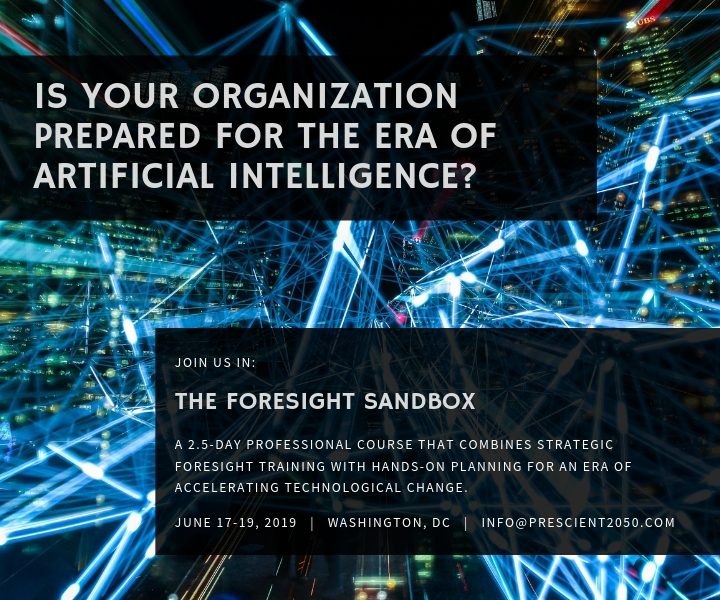Artificial Intelligence Literacy is Widely Lacking.
Understand AI in order to plan for it
Nearly ubiquitous media coverage of “AI” makes it appear to be a job killer or a nearly-magic transformational tool for business. But a large portion of the population does not even understand what AI is. As a recent report on how people view AI stated:
According to a 2017 survey, nearly half of Americans reported that they were unfamiliar with AI (Morning Consult 2017). In the same year, only 9% of the British public said they had heard of the term “machine learning” (Ipsos MORI 2018). Similarly, less than half of EU residents reported hearing, reading, or seeing something about AI in the previous year (Eurobarometer 2017).
Difficulties in understanding artificial intelligence are not confined to the general public; business leaders also suffer from misconceptions about artificial intelligence and its capabilities.
A recent Gartner analysis identified five myths circulating among business leaders regarding AI:
- AI works in the same way as the human brain
- Intelligent machines learn by themselves (without human aid)
- Artificial intelligence is bias-free
- AI will only replace monotonous jobs that do not demand advanced degrees
- Not every business requires an AI strategy for the future
There are many reasons for this illiteracy. Artificial intelligence isn’t one single entity, but rather a branch of computer science. The definition of AI came from the idea that a computer can produce effects that mimic those of human intelligence. But there is no authoritative definition of AI. The definitions that do exist to describe elements of AI can be arcane and overly-technical for non-computer scientists.
This lack of basic literacy creates a problem for businesses, governments and other organizations. As human societies enter the era of “computerizing everything” and cede greater control to autonomous, adaptive computers, we introduce new risks into the business and social environments. Because AI is an emerging technology, those risks are not yet fully understood.
Foresight + AI literacy = recipe for future success
How can organizations position themselves for success in the era of AI?
Prescient answers this question with a two-fold solution. First, people need to become more literate in the terms and concepts of emerging technology. Second, they will benefit from using Strategic Foresight. Strategic Foresight helps people explore the implications of change and plan more effectively in uncertain conditions. The Foresight Sandbox is a 2.5 day course that introduces professionals to emerging technology in a context that is relevant to them.
This course will complement and help strengthen existing AI strategies for organizations proceeding along that road. The course will help all organizations improve their understanding of how AI will change the competitive environment, and how they can adapt and innovate in the face of those changes.
The course will provide the opportunity for all participants to take the time to explore how new technologies will affect in their workplace environments.
David Schatsky, a Deloitte analyst puts it this way:
“The biggest issue with [lack of understanding of emerging technology], in my opinion, is that technology shapes our lives in ways that most do not anticipate. And it invariably has unintended consequences. If more of us were better at futures thinking, we might be able to wrangle those consequences before they do much harm.”



